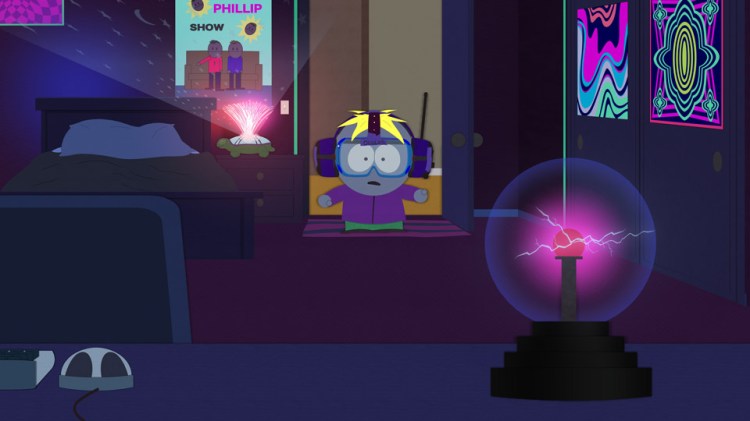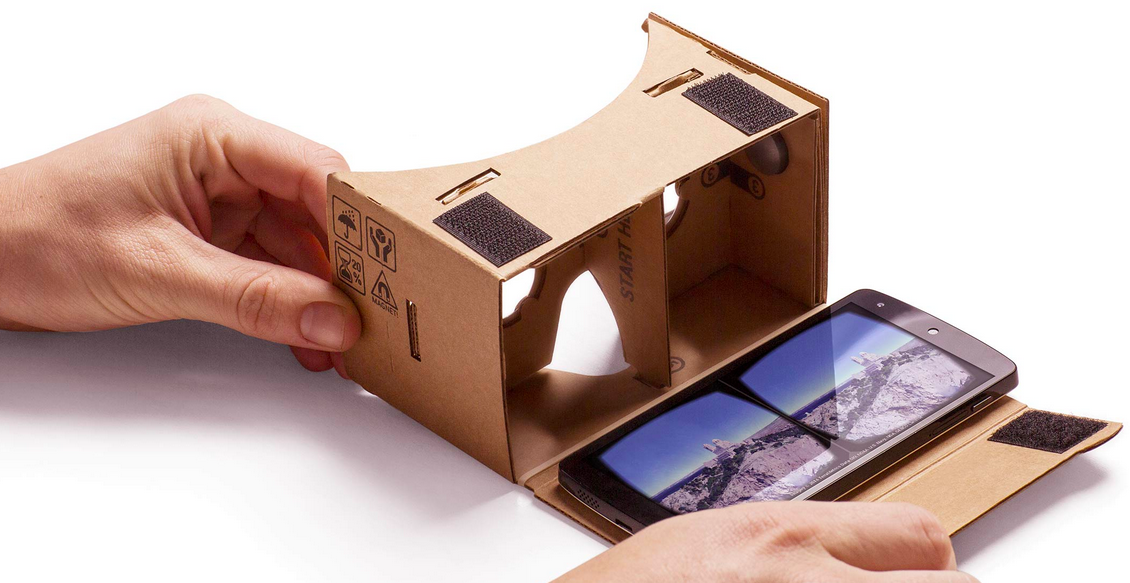With virtual reality now becoming an actual thing with the launch of the Samsung Gear VR and the Oculus Rift and PlayStation VR in the wings ready to launch, analyst SuperData thinks the future for headset manufacturers is looking really green.
How green? According to a report on SuperData’s website, our current environment of mobile and experimental virtual reality could eventually lead to the market pulling in $15.9 billion in combined hardware sales by 2019. This number comes at the end of a projected rise in sales that starts this year at $660.5 million, to $5.1 billion in 2016, to $8.8 billion in 2017, and $12.2 billion in 2018.
SuperData sees 31 percent of American console gamers adopting PlayStation VR, which is tapping a PlayStation 4 and PlayStation Vita market of 11 million potential users. The company also found that 18 percent of PC gamers are looking to pick up an Oculus Rift, when that headset becomes publicly available.
How did the analyst company come up with such claims? Stephanie Llamas, SuperData’s director of research explains, “We first surveyed a representative sample of U.S. gamers, to understand purchase intent, motivations to purchase VR, price ranges, etc. We then compared it to other hardware launch purchases and market sizes to give us an idea of the regional potential.”
Virtual reality is a global phenomenon, however, and Llamas didn’t just sample from the States. “For other markets like Asia, we did roughly the same comparison between past hardware launch purchases and market sizing, while our Asia games analysts read public sources and spoke to industry professionals in the region about the trends they are seeing and expecting.
This is a dynamic estimate that will adjust as we gain more data, but we wanted game makers to get a preliminary sense of the market potential.”
That is some pretty big growth for what’s still considered a niche market. Llamas sees a road map that begins with mobile virtual reality. “Initially, affordable smartphone devices will drive the bulk of sales as consumers first explore virtual reality before committing to the more expensive platforms,” she said. “After this first wave, however, it will be especially console gamers that will spur growth of high-end VR devices.”
Samsung Gear VR launched over the weekend, and it may be the middle ground gateway product between mobile and full-on proprietary virtual reality headsets. As Llamas points out, the headset has definitely taken off and is a clear sign that the market is ready to grow. “A lot of people and research firms underestimated the interest consumers would have in mobile VR. But the Samsung Gear VR is more complex than the über-affordable Google Cardboard and is within the price range many mobile gamers are willing to spend — 41 percent of American mobile gamers say they are willing to pay less than $200 for a device,” she said. “The fact that Samsung’s HMD [head mounted display] sold out on retailer sites like Best Buy and Amazon proves that, and we are going to continue to see the first wave of interest come from affordable mobile hardware.”
Although we are talking about game fans, I wondered if Google Cardboard was also a potentially strong motivator in moving this demographic towards virtual reality.
“The two aren’t necessarily correlated.” Llamas points out. “Some enthusiasts may have purchased Google Cardboard out of curiosity, since it has a low barrier to entry. But it has not been a huge factor in converting people who were not interested in VR before their Cardboard purchase — if they didn’t have the itch, Cardboard isn’t going to make that happen.
US gamers across all platforms plan on purchasing PlayStation VR (43 percent), Oculus (30 percent), and Samsung Gear VR (12 percent) — while only 7 percent said they plan to, or have purchased, a Google Cardboard. So a lot of potential VR players are waiting for the HMDs they are most excited about.”
VentureBeat's mission is to be a digital town square for technical decision-makers to gain knowledge about transformative enterprise technology and transact. Learn More




